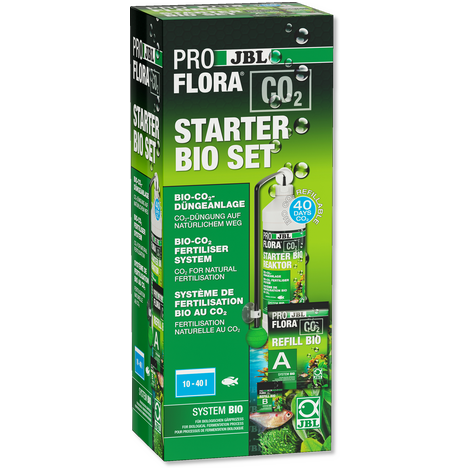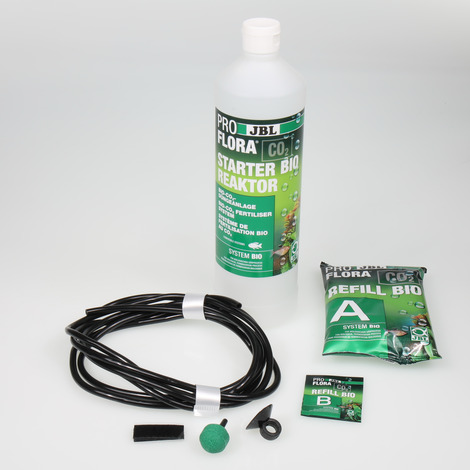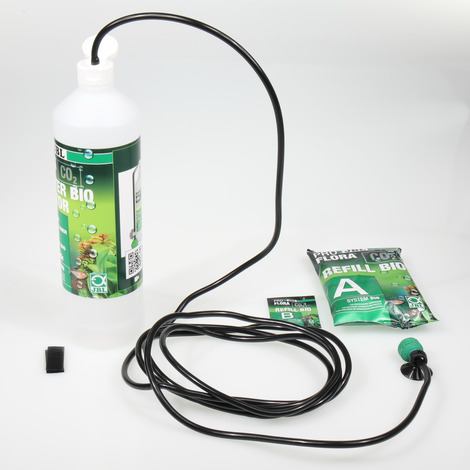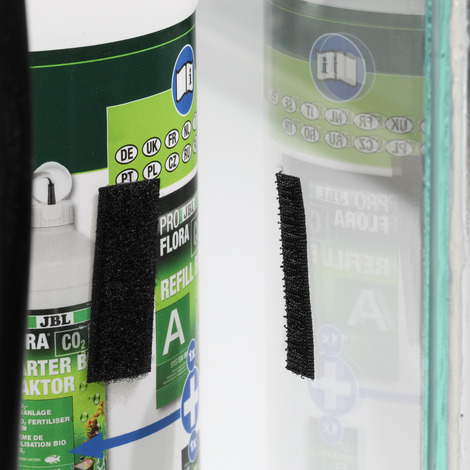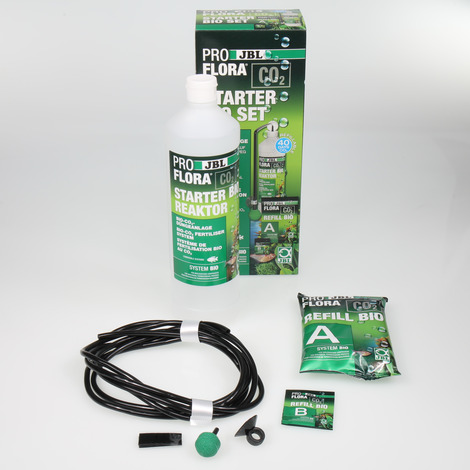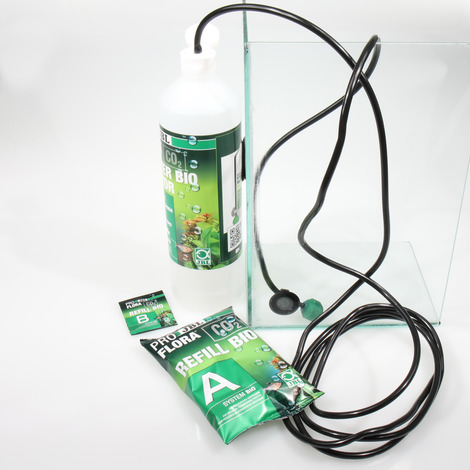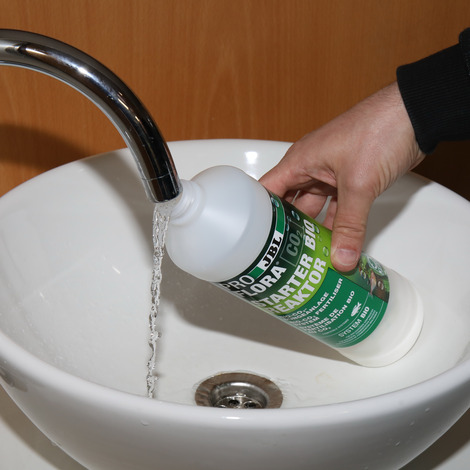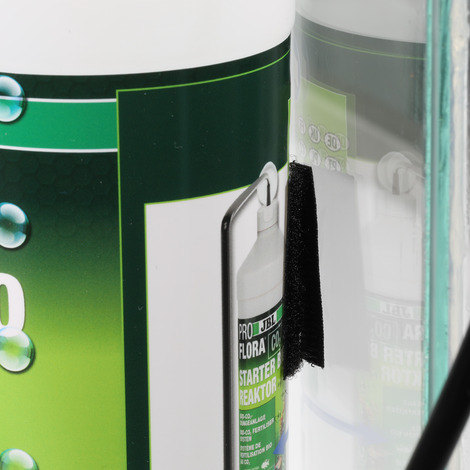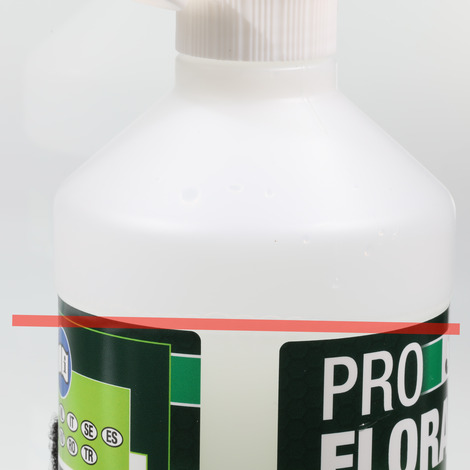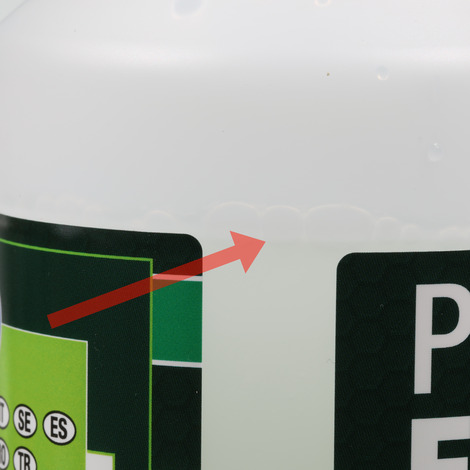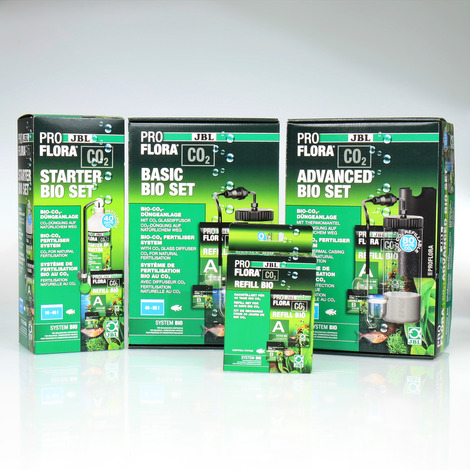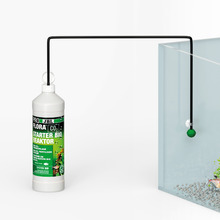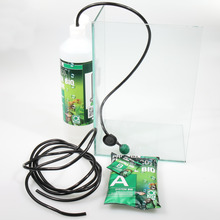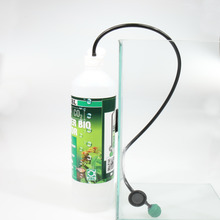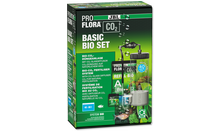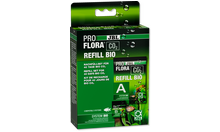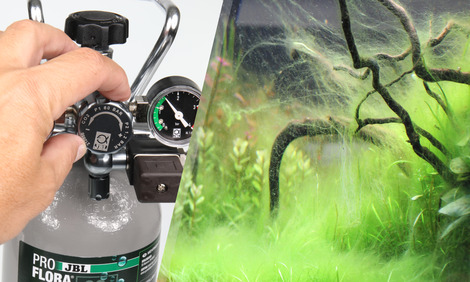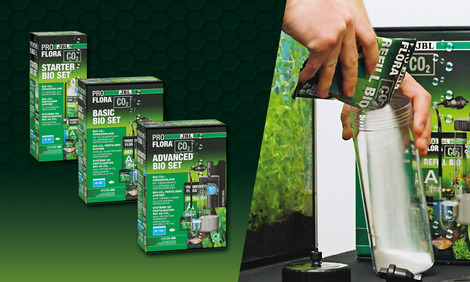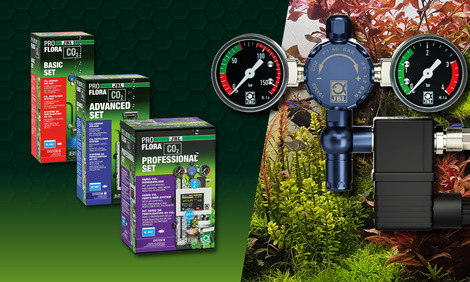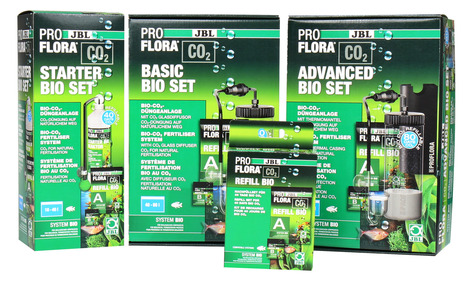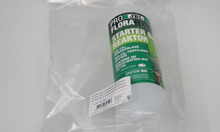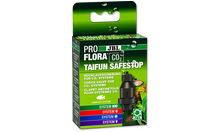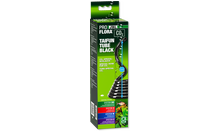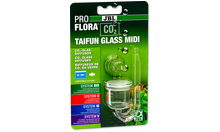Nutrition for aquarium plants
Plants provide the aquarium with vital oxygen for your aquarium inhabitants, prevent algae growth, remove pollutants, provide hiding places and reduce germs. The plant fertiliser system supplies the plants with the main nutrient CO2 through the water. The plants absorb this and convert it into sugar and oxygen in photosynthesis with the help of light.
The difference between Bio-CO2 and pressurised gas cylinder CO2 systems:
Bio-CO2 systems are based on the biological process of yeast fermentation in which CO2 is produced. Here 2 bio-components are made to react in a bottle. To replenish the system after about 40 days, the reaction bottle only needs to be refilled with water and the two bio-components.
In the CO2 pressurised gas cylinder system, the CO2 gas is present at about 60 bar in steel pressure cylinders. When they are empty, they can be refilled by a specialist retailer (reusable cylinders, M system) or they are disposable cylinders (U system) which are simply replaced.
It makes no difference to the plants where the CO2 comes from, whether it is from biological or pressurised cylinder systems. They grow much stronger as soon as a CO2 system is installed. The systems are of more concern to the aquarists, who have to decide whether they want disposable cylinders, refillable pressure cylinders or a pressureless bio system.
In addition to CO2 fertilisation, it is important you don’t neglect the other components that are necessary for healthy & vigorous growth of the aquarium plants: the right light (e.g. JBL LED SOLAR); sufficient fertilisation with minerals & trace elements (JBL PROFLORA FERROPOL); preferably a root fertilisation for strongly rooting plants with JBL PROFLORA FERROPOL ROOT/ The 7 Balls; the right water temperature (usually between 23 and 26 °C); and the absence of plant-eating fish.
JBL PROFLORA CO2 STARTER BIO SET
Bio-CO2 fertiliser system for freshwater aquariums with 10-40 l
- Supplies aquarium plants with the main nutrient CO2 for healthy and vigorous growth while preventing algae
- Very easy to assemble: mix bio-components with water in reaction canister, connect hose with diffuser stone - done
- Natural: CO2 production through biological fermentation process. Economical: 40 days of unwavering CO2 production through an immediate and long-term buffer system. Bio-components can be purchased individually for refilling
- No CO2 pressurised cylinder necessary. The system works exclusively via a biological process
- Package contents: ready-to-connect Bio-CO2 fertiliser system, incl. reaction canister, bio-components, 3 m special CO2 hose, suction holder, diffuser

Visit our premium partners to fill / exchange your CO2 cylinders and purchase products from the JBL PROFLORA CO2 range.
